July’20. 2 years + interviews, news and rebirths
How are you? I have just realiced that this initiative of the monthly magazine is becoming 2 years old. This is the edition 25!
The first issue was launched on 17th of July of 2018. At that moment, my Sherezade was here with me, still working before her August holidays (my expectation is to recover her in October). I had just been in Poland for EthnoKrakow with Vigüela and I was leaving to FMM Sines (Portugal) two days later, where Monsieur Doumani would perform.
My commitment with our community has not weakened, I hope this monthly date with interviews and news is useful and inspiring for you. And in the meantime I think my English has improved ?
 <– Click the picture to read that first issue.
<– Click the picture to read that first issue.
This Summer, you know… Despite the critical situation that is still present in many places of the world and also the outbreaks that we are having here in Spain, music goes on.
I have just had a confirmation minutes ago of a concert in November with Apa, the beast of the Valencian cant d’estil, and his partners of Citra Trio. Vigüela has a date with the stage in Madrid on 9th of August and some exciting acts are planned for Autumn. Janusz Prusinowski is launching a series of online workshops, recorded and also in real time, about the masters of the Polish music (more info below), Hudaki Village Band are preparing a new video and will retake the rehearsals in Ukraine in August.
On the other side, news about cancelations of festivals are still arriving, but also a thrilling rebirth, of Babel Med, now Babel Music XP, with renewed team, has been announced recently.
Read more about these and other matters below. Remember that you can send any suggestion of content for the next editions. And if you like this, tell me and share it with your friends. 
Thanks for your attention.
Araceli Tzigane | info@mundimapa.com | +34 676 30 28 82
Summary:
· The return of the Marseillaise date: Babel Music XP
· In the quest for the sustainability of the recorded music business, with Edith Lei, from Naxos Music Library + 3 months free trial for the first 3 requests
· Mini interviews with festival manager: Béla Pap, from Örökség Világzenei Fesztivál / Heritage World Music Festival
· In deep with Angie Lemon PR
|
BABEL MED REBIRTHS AS BABEL MUSIC XP
I think this is a quite long-waited news! Probably you are already aware. Babel Med becomes Babel Music XP, with a totally renewed team and co-produced by Zone Franche, and will start in two parts: a professional meeting in November 26th-27th and trade fair with concerts in March 25-27th, in Marseille. Application period for concerts is open here until 29th of July.

IN THE QUEST FOR THE SUSTAINABILITY OF THE RECORD MUSIC BUSINESS, WITH EDITH LEI, FROM NAXOS MUSIC LIBRARY
Our “industry”, let me use this term despite the situation, is facing many challenges. There is one that impacts on all the genres of music: the progressive drop of incomes for artists and producers from the recorded music. In this interview, Ms. Edith Lei, Managing Director at Naxos Digital Services Ltd answers about one of their most ambitious initiative: Naxos Music Library. Note that I announced this interview would be with Ina Schröder instead, who considered these were questions for Ms. Lei. I am really thankful to Ina for the intermediation.
Hey! Do you want a free 3 months trial for Naxos Music Library? Email me and tell me. The first 3 requests will have it.
|

Mapamundi Música – For what I know so far, the Naxos Music Library is an archive with more than 2 million tracks of music that the subscribers can listen to in streaming. Who is the client/user for Naxos Music Library?
Edith Lei – At least 97% of Naxos Music Library (NML) subscribers are institutions or music-related organisations – universities, public libraries, conservatories, schools, orchestras. The other 3% or so are musicians, performing artists, classical music lovers, journalists, critics, radio presenters, music teachers etc.
MM – Much of your catalogue is Western classical music but there are also many tracks of other kinds of music, like jazz and world music. I think you are interested in including more references. How can a record label include their catalogue in the Library?
EL – We have subsidiary platforms, one is NML Jazz and the other is NML World. So obviously we take jazz and world music labels too.
There are contracts in place with aggregators, so the first step is to check which distribution partners labels are working with and request content from them. If that is not an option we can look into individual contracts.
Labels with classical, jazz and world music content who want to be part of the NML suite can write to my colleague Helen at Helen.Kwan@Naxos.com
 MM – And the independent artists, can they also include their works in the catalogue?
MM – And the independent artists, can they also include their works in the catalogue?
EL – This depends on how large their catalogue is. For those who only have a couple of albums with standard repertoire, the amount of administrative work (contracting, reporting, royalties payment etc.) required cannot be justified. If the artist’s intention is to merely make their recordings available on NML so that they can be heard, we can consider taking them under different conditions.
MM – What is the return for the producer that has tracks in the Library? For sure you are aware of the critics from the industry of music about the model of return of the most popular music streaming platforms.
EL – Our per-stream rate for labels is many times more than that from other platforms. Referring to this article on Digital Music in January 2018, Naxos paid $0.05 per stream, while Spotify $0.00397, Apple $0.00783, Amazon $0.0074, Qobuz $0.03816. Though this article is from two years ago, it gives you a general idea on how much each platform pays labels.
MM – What are your next goals with the Library?
EL – To expand into countries where we do not have a distributor yet.
MM – What are the synergies between the Library and Naxos World?
EL – Naxos Music Library is our flagship platform focusing on classical music, while NML World complements NML and offers world music which is becoming very popular and being studied widely in universities.
MM – Do you think this model of streaming for subscribers can face the crisis of sales of physical albums? I am sure you have much more knowledge than me in the situation and expectations for the future of the business of recorded music, that’s why I ask you.
EL – Streaming is now the most widely means to music listening, especially for the young generation. For them, physical CD is not an option. Most of them do not have a CD player.
MM – What is Naxos World doing now? Give me a scoop!
EL – Under Naxos World we continue to release both very traditional folk music recordings, as well as contemporary and crossover/fusion productions. We are also looking into projects that will bring world music and classical music closer together.
Pictures’ credits:
- Ms. Edith Lei and Mr. Klaus Heymann (Founding Chairman of Naxos Music Group) at Naxos XX anniversary gala evening in Hong Kong. From the website.
- Banner from the website
**** Do you have a world music festival and you want to be included in our mini interviews? Contact us. ****
CURRENT AND FUTURE CHALLENGES FOR FESTIVALS
This festival that is our focus today is also included in the project MOST, about which I talked in a previous issue.
 I know Béla Pap for many years, in the second edition of Without Borders meeting in Varna (Bulgaria), organized by Yasen Kazandjiev. Béla sent me two pictures, the one I used in the previous edition and also these one. If you know him, you know he is the joyful man, cool and lighthearted who teaches about palinka and he also organices a festival in Hungary, in Szolnok, at the heart of the Great Hungarian Plain.
I know Béla Pap for many years, in the second edition of Without Borders meeting in Varna (Bulgaria), organized by Yasen Kazandjiev. Béla sent me two pictures, the one I used in the previous edition and also these one. If you know him, you know he is the joyful man, cool and lighthearted who teaches about palinka and he also organices a festival in Hungary, in Szolnok, at the heart of the Great Hungarian Plain.
The festival is planned for August 19th-23rd… now with question marks.
 MM – What do you search in an artist when you create the programme?
MM – What do you search in an artist when you create the programme?
BP: Above all, in the invited artists, we are looking for how instinctively they experience the music they perform, and how they can build on the diverse folk music heritage in order to reach out in an exciting way to the contemporary audiences.It is really important for our festival to engage new talents and see how they can convey their emotions through their music.
MM – Which are the global objectives of your festival?
BP: We aim to present contemporary art forms and genres to young audiences, mostly those that are based on folk traditions in their content and also express the general feelings, experiences of today’s youth and links to the cultural heritage of previous generations.The primary aim is to contribute effectively to the wide-range popularization of the values based upon the folk cultural heritage of Hungary and other nations (among others basically that of the Visegrad 4 and Balkan countries).
“Since the very start of the festival, we have firmly believed that one of the bases of understanding and tolerating the social changes and geo-political events taking place in the world is a dialogue between generations.“
One of the festival’s primary objectives is involving young children in the events by means of art forms relying on folk traditions, thus motivating family participation and strengthening the links between generations.

Since the very start of the festival, we have firmly believed that one of the bases of understanding and tolerating the social changes and geo-political events taking place in the world is a dialogue between generations. By means of the international language of music, the artistic productions of the young musicians building upon the heritage of their ancestors mediate ideas and notions which shared with the audience facilitate to understand the elements of contemporary world vision.
MM – What are the most complicated or difficult issues to deal with in your festival?
BP: As our festival is organised with 25 years of experience, we rarely face challenges we have never encountered before.
The difficulties of finding financial resources, which are reoccurring year after year, are familiar to all professionals – it is boring to talk about, I would say -, but I believe these difficulties are compensated by the realised festival program.
MM – Which are currently the main challenges for this kind of cultural proposals like yours?
BP: The biggest challenge, I think, is that people’s ears are “flooded” by the mainstream information and music offerings that attract large crowds.That is why it is a difficult, but at the same time important challenge to try to reach the current young audience with all the old and new tools and channels, to constantly spread the musical delicacies, and to give as many opportunities as possible to experience the magic of live music (especially world music).Fortunately, we have truly potential allies in this: those contemporary young musicians whose music draws on traditions and combine those with experimental elements to enter the world of quality music creation.
 MM – In one sentence, summarise the reason/s to go to your festival.
BP:
MM – In one sentence, summarise the reason/s to go to your festival.
BP: It is worth coming to the “Heritage” World Music Festival because better and better, fresh music is played almost continuously on two stages for three days, whether Hungarian or foreign artists are playing. Important to note, that apart from the colourful music offer, there is a great variety of Central European food and drink, like a good Hungarian apricot “palinka”, followed by an aromatic freshly sparkling Czech beer, awww… 🙂
MM – Is this experience we are living now, the crisis of the coronavirus, changing your festival in any way (apart from postponing this year’s edition, if so)?
BP: When I write these lines, there is still a lot of uncertainty all over the world, including Hungary. However, there are indications that we can organise the festival on its original dates, during the celebration of the founding of the state at the end of August. Of course, at this point, I envisage long queues of people patiently waiting one and a half meters apart for refreshments, while only 4-6 people are sitting at each table.Moreover, it is also possible to draw circles in front of the stage, indicating how many people may be standing or dancing there at one time.
Even if keeping the distance in a festival might be a bit strange, the lack of dancing together in a large crowd is almost impossible to imagine, it does not change what is really important: the melodies floating in the air, the rhythms beating in the heart connect everyone and it cannot be stopped by neither a virus nor any border.
—-
Thank you very much, Béla!
Pictures’ credits:
- Portrait and logo provided by Béla
- Poster of the first edition, from the website
- Cover of the Facebook page of the festival
IN DEEP WITH ANGIE LEMON PR
One of the purposes of this newsletter is to give visibility to the great work done by many professional that are not seen at the stage but without who, all this community would not exist. Initiators of festivals, disseminators… and also PR and publicists. Like Angie Lemon. She can be also useful for you, in case you are needing some support in communication.
 I have been in touch with Angie Lemon, first because of her work of publicist for ARC Music, as she has been working with their releases and I am, thanks of Mundofonías radio show, one of their targets. When ARC released some albums by artists that have been collaborators of Mapamundi Música, like El Naán, La Jose and Vigüela, Angie got deeply involved. She and the team of ARC Music were the responsible for the performance by El Naán to BBC Radio 3 and many other good things that happened to us.
I have been in touch with Angie Lemon, first because of her work of publicist for ARC Music, as she has been working with their releases and I am, thanks of Mundofonías radio show, one of their targets. When ARC released some albums by artists that have been collaborators of Mapamundi Música, like El Naán, La Jose and Vigüela, Angie got deeply involved. She and the team of ARC Music were the responsible for the performance by El Naán to BBC Radio 3 and many other good things that happened to us.
A few years ago she established her own brand, Angie Lemon PR, with which she continued the collaborations with ARC Music (the press release for Thraki/Thrace – The Paths of Dionysus, by Rodopi Ensemble was a joy to read) and other clients.
In this times of reflections and memories of better times, Angie came to my mind often, so I decided to ask her to explain me more in depth what is she currently offering.
Mapamundi Música: What kind of services do you provide?
Angie Lemon: I promote world and folk albums and musicians to media in the UK, EU, USA, Canada and Australia/New Zealand. I work with many wonderful magazine editors, radio producers, radio presenters, bloggers, press music journalists, freelance journalists and chart panellists mainly the Transglobal World Music Charts and World Music Charts Europe.
I regularly send newsletters to media I work with and keep them updated with campaigns, projects and news. I work directly with musicians who are self-publishing but also work with indie labels, managers and promoters.
I also consult with artists for project preparation or ideas blasting sessions about specific projects to help timeline events and work out the best possible release schedule or consult about aspects of the project.
I assist artists with bios and press releases and am happy to work with both signed artists and self-published musicians whether solo artists or in groups.
MM. What is your professional background?
AL: I have been a professional publicist working in the arts sector for over 20 years and started my career in book publishing. I have worked with authors, painters, composers, cake designers, photographers, inventors and since 2014, world and folk musicians.
I managed and co-fronted the indie folk band, Rivers & Roads in Sydney, Australia for 10 years booking concerts, radio shows, securing national TV with many other well-recognised accomplishments.
I worked as the in-house PR for the UK label ARC Music for 4 years where I had the privilege of campaigning top quality world and folk musicians at a national and international level. In 2018 I took the plunge into the world of freelance publicity focusing on building and developing media relations both in the UK and internationally.
MM. Which is your distinctiveness?
AL: What I bring to the mix is firstly a personal love of music and secondly, experience as a publicist. I work with my clients, not for them, I establish what they need and do my best to make it happen and when it does, it’s pure magic! For more information, please write to me: angielemonpr@gmail.com
WHO WE ARE AND SISTER PROJECTS
Mapamundi Música is an agency of management and booking. Learn more here. Check our proposals at our website.
We also offer you our Mundofonías radio show, probably the leader about world music in Spanish language (on 46 stations in 17 countries). We produce the Transglobal World Music Chart with our partner Ángel Romero from WorldMusicCentral.com. And we lead also the Asociación para la Difusión de los Estilos.
Feel free to request info if you wish. For further information about us, get in touch by email, telephone (+34 676 30 28 82), our website or at our Facebook.
Do you like our newsletter? Tell us! Forward it to your friends! To sign up, click HERE.
This newsletter is open to sponsorship. Feel free to ask for details.


 MICHAL: It’s a traditional nigun (song without the words, or with some kind of citation). In this case nign “Niezhuryca khlopcy” has in three sections (A, B, C), three typical kinds of texture:
MICHAL: It’s a traditional nigun (song without the words, or with some kind of citation). In this case nign “Niezhuryca khlopcy” has in three sections (A, B, C), three typical kinds of texture: ARACELI: About you: year and place of birth, place where you are settled. Did you receive lessons for liturgic singing or anything like that? I think you can conduct religious services and I know it requires a lot of time for studying. What made you interested in that?
ARACELI: About you: year and place of birth, place where you are settled. Did you receive lessons for liturgic singing or anything like that? I think you can conduct religious services and I know it requires a lot of time for studying. What made you interested in that?

 The event mentioned in this song dates back to 1497 and tells the story of the murder of Juan de Borja y Cattanei, II Duke of Gandía (he is the man in the portrait). He was stabbed and his body was thrown to the river in Rome, when he was only 19 years old. The last time he was seen alive was in a place called the square of the Jews.
The event mentioned in this song dates back to 1497 and tells the story of the murder of Juan de Borja y Cattanei, II Duke of Gandía (he is the man in the portrait). He was stabbed and his body was thrown to the river in Rome, when he was only 19 years old. The last time he was seen alive was in a place called the square of the Jews.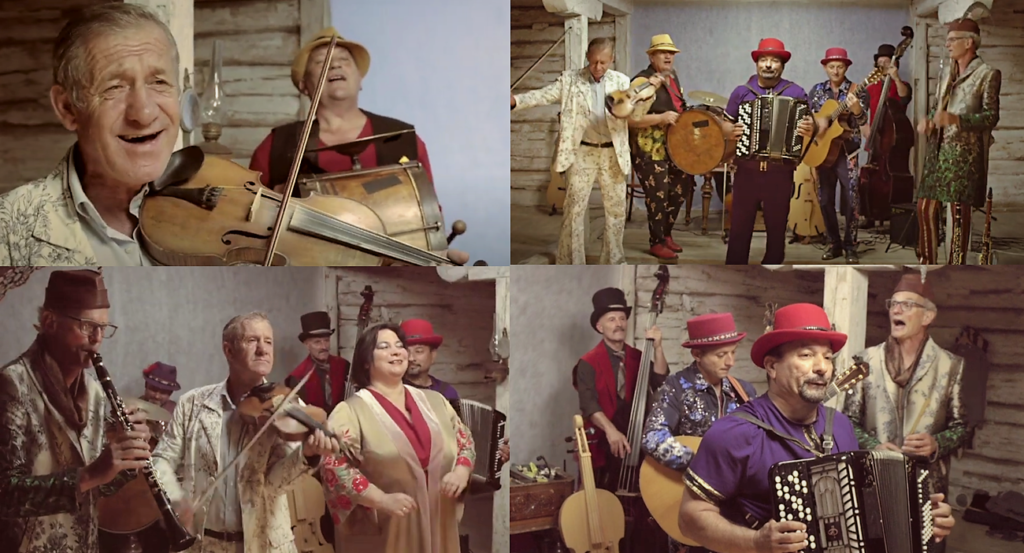
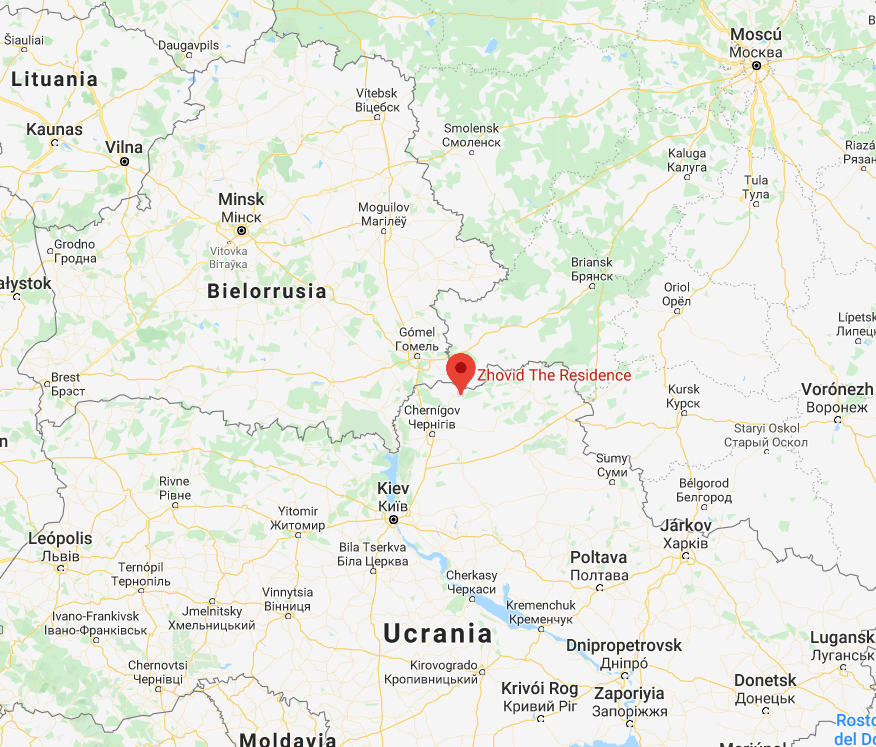
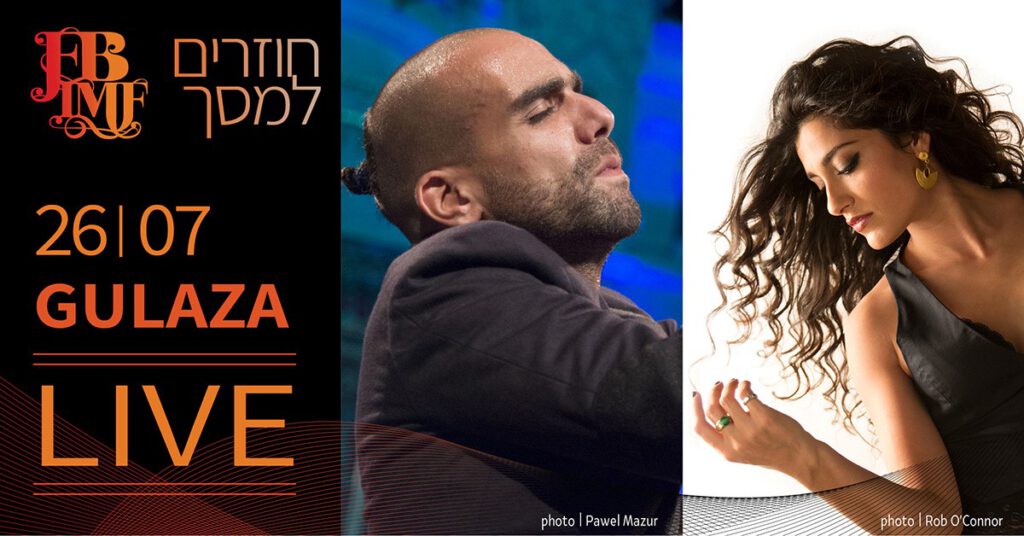

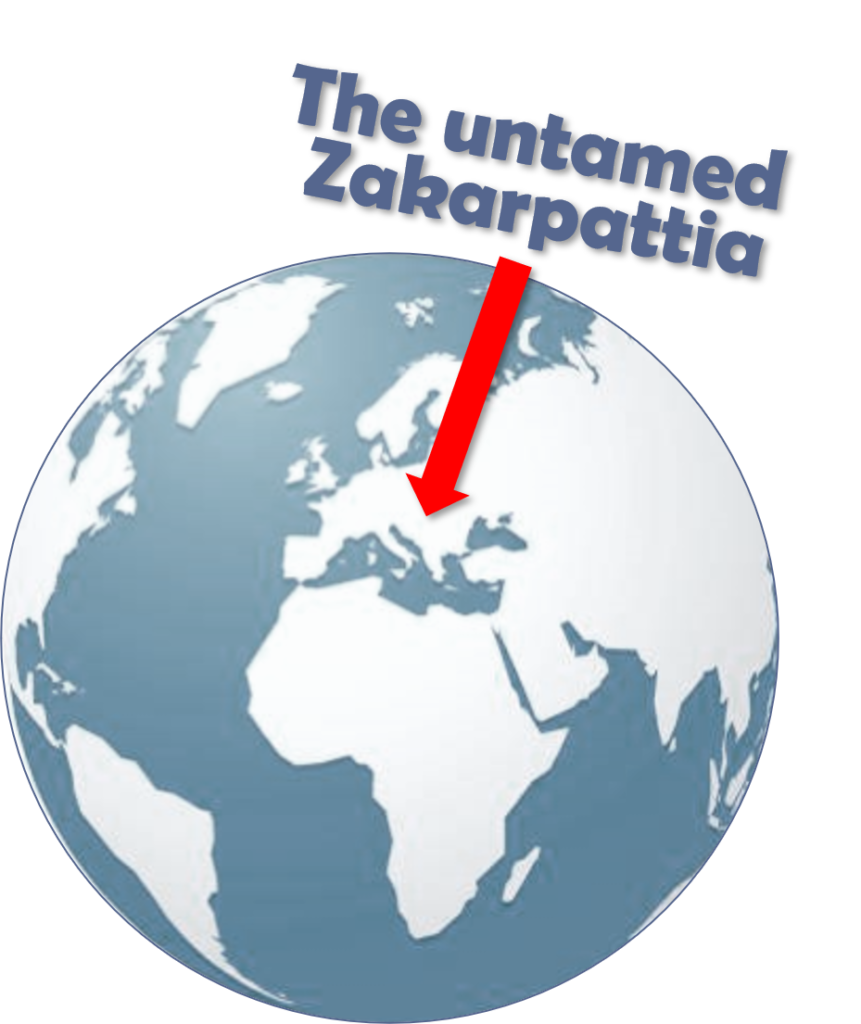 This question came to my mind when I knew that Jürgen, from Hudaki Village Band, was an Austrian. Through that question I got to understand that the story of Hudaki Village Band is the story of the synergy, complicity and the love between Jürgen and the music and the people from this Ukranian agricultural land.
This question came to my mind when I knew that Jürgen, from Hudaki Village Band, was an Austrian. Through that question I got to understand that the story of Hudaki Village Band is the story of the synergy, complicity and the love between Jürgen and the music and the people from this Ukranian agricultural land.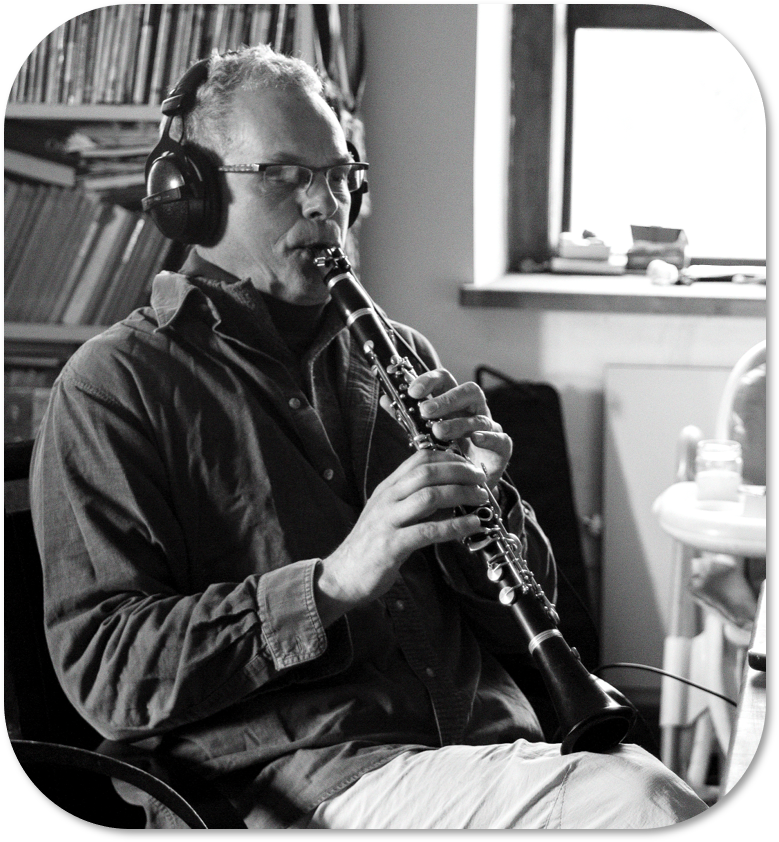 Jürgen is now Yuri and Hudaki is a powerful band of local musicians with an international approach and a careful staging, masters of the alchemy of musical-vibrating happiness.
Jürgen is now Yuri and Hudaki is a powerful band of local musicians with an international approach and a careful staging, masters of the alchemy of musical-vibrating happiness.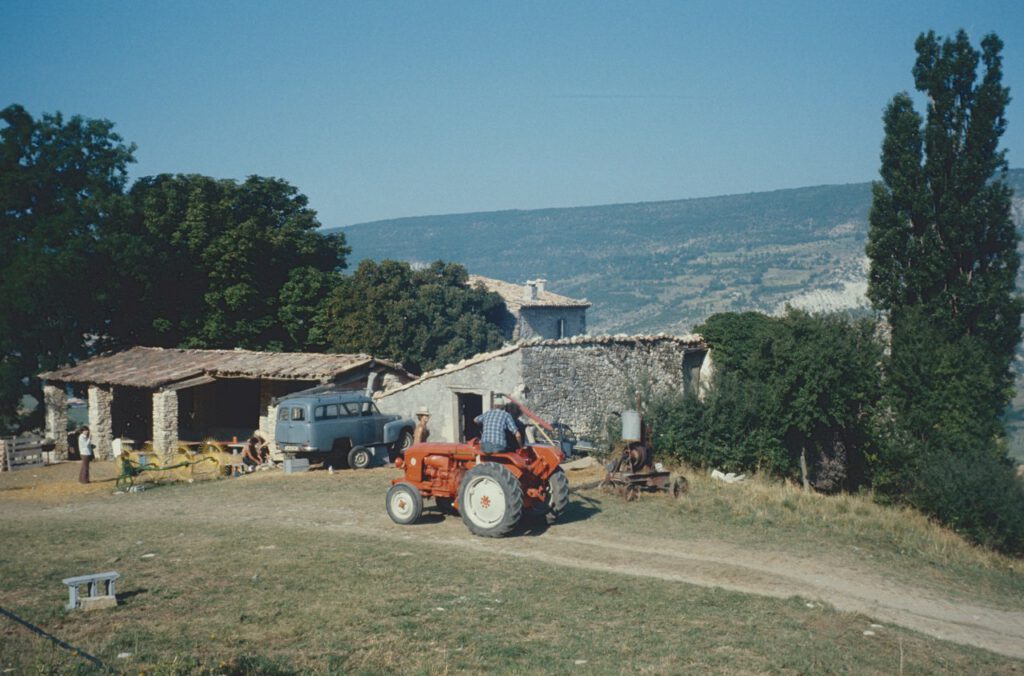
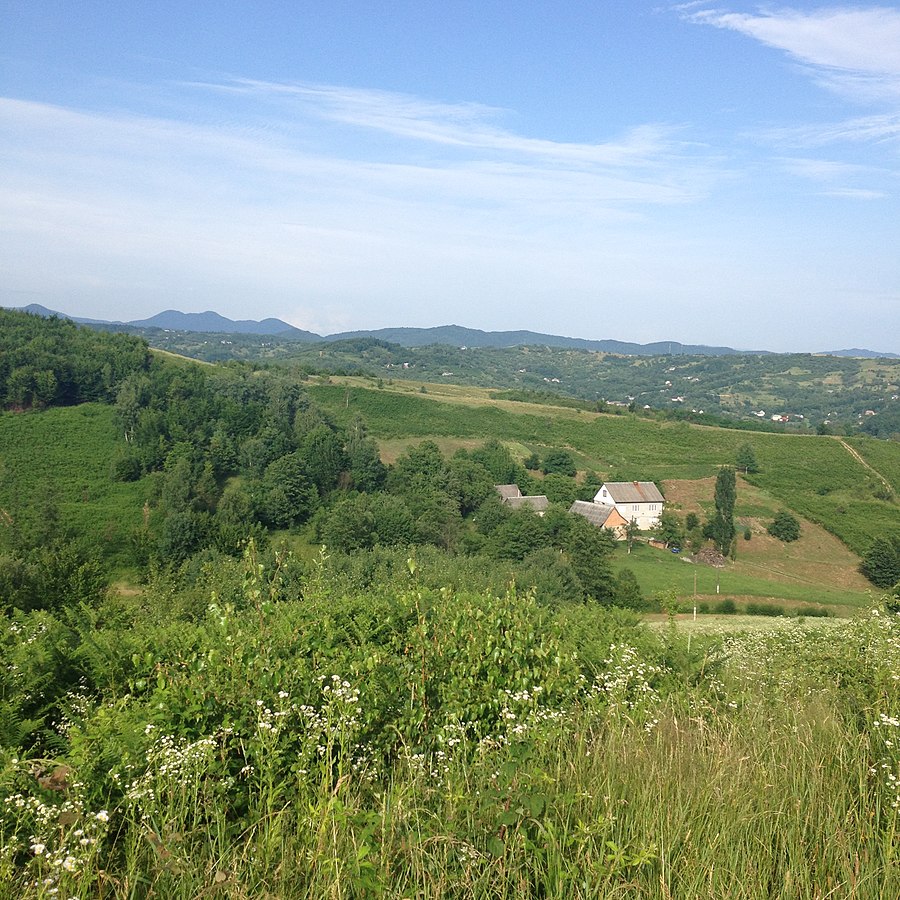
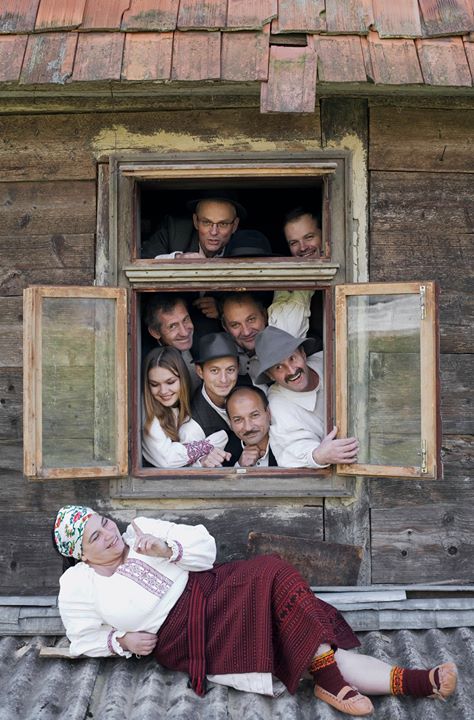 My task here, even after almost 20 years, remains to strengthen the self-confidence of the band members, to insist again and again on the strength of the traditional music, without compromising on kitsch and commerce. The most important, we still have fun making music together, just like in the beginning. The fact that we have been playing with practically the same line-up since 2001 is probably the clearest indication of this.”
My task here, even after almost 20 years, remains to strengthen the self-confidence of the band members, to insist again and again on the strength of the traditional music, without compromising on kitsch and commerce. The most important, we still have fun making music together, just like in the beginning. The fact that we have been playing with practically the same line-up since 2001 is probably the clearest indication of this.”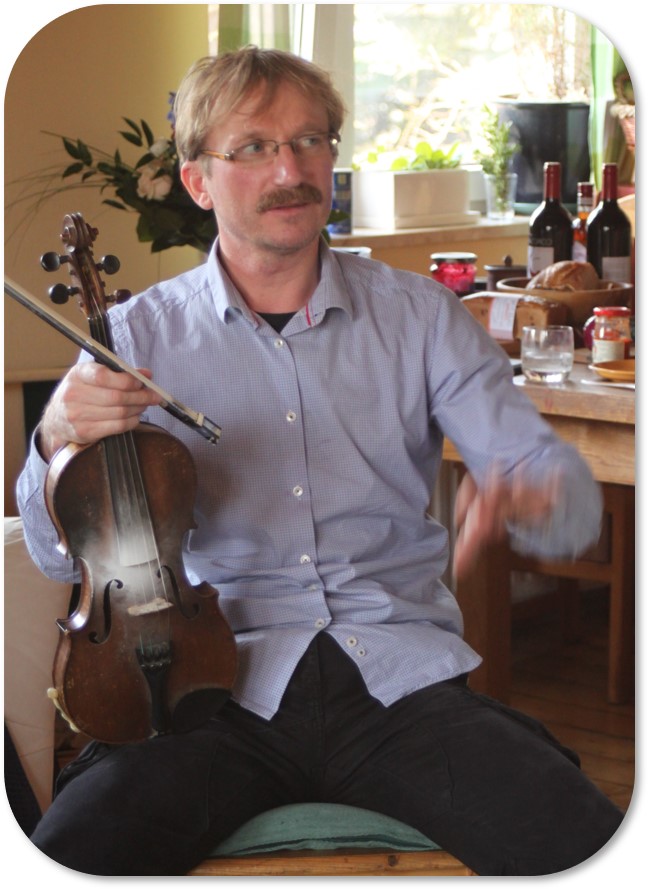
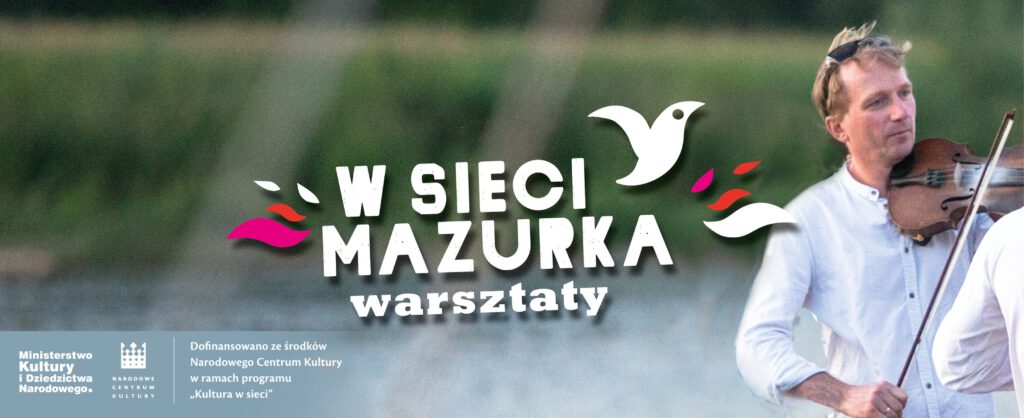







 MM – What do you search in an artist when you create the programme?
MM – What do you search in an artist when you create the programme?  Since the very start of the festival, we have firmly believed that one of the bases of understanding and tolerating the social changes and geo-political events taking place in the world is a dialogue between generations. By means of the international language of music, the artistic productions of the young musicians building upon the heritage of their ancestors mediate ideas and notions which shared with the audience facilitate to understand the elements of contemporary world vision.
Since the very start of the festival, we have firmly believed that one of the bases of understanding and tolerating the social changes and geo-political events taking place in the world is a dialogue between generations. By means of the international language of music, the artistic productions of the young musicians building upon the heritage of their ancestors mediate ideas and notions which shared with the audience facilitate to understand the elements of contemporary world vision. MM – In one sentence, summarise the reason/s to go to your festival.
MM – In one sentence, summarise the reason/s to go to your festival.  I have been in touch with Angie Lemon, first because of her work of publicist for ARC Music, as she has been working with their releases and I am, thanks of
I have been in touch with Angie Lemon, first because of her work of publicist for ARC Music, as she has been working with their releases and I am, thanks of 
 Following my obsession of searching for the synagogues whereever I go, we searched for the one in Samarkand. It was not easy, but finally we found it, as well as the Jewish quarter. Samarkand is not only the outstanding Registan square and the big avenues full of flowers, it is also little and tidy streets, with little shops, little mosques, kind people doing their lifes. That is the kind of street where the synagogue is. This picture is by
Following my obsession of searching for the synagogues whereever I go, we searched for the one in Samarkand. It was not easy, but finally we found it, as well as the Jewish quarter. Samarkand is not only the outstanding Registan square and the big avenues full of flowers, it is also little and tidy streets, with little shops, little mosques, kind people doing their lifes. That is the kind of street where the synagogue is. This picture is by 